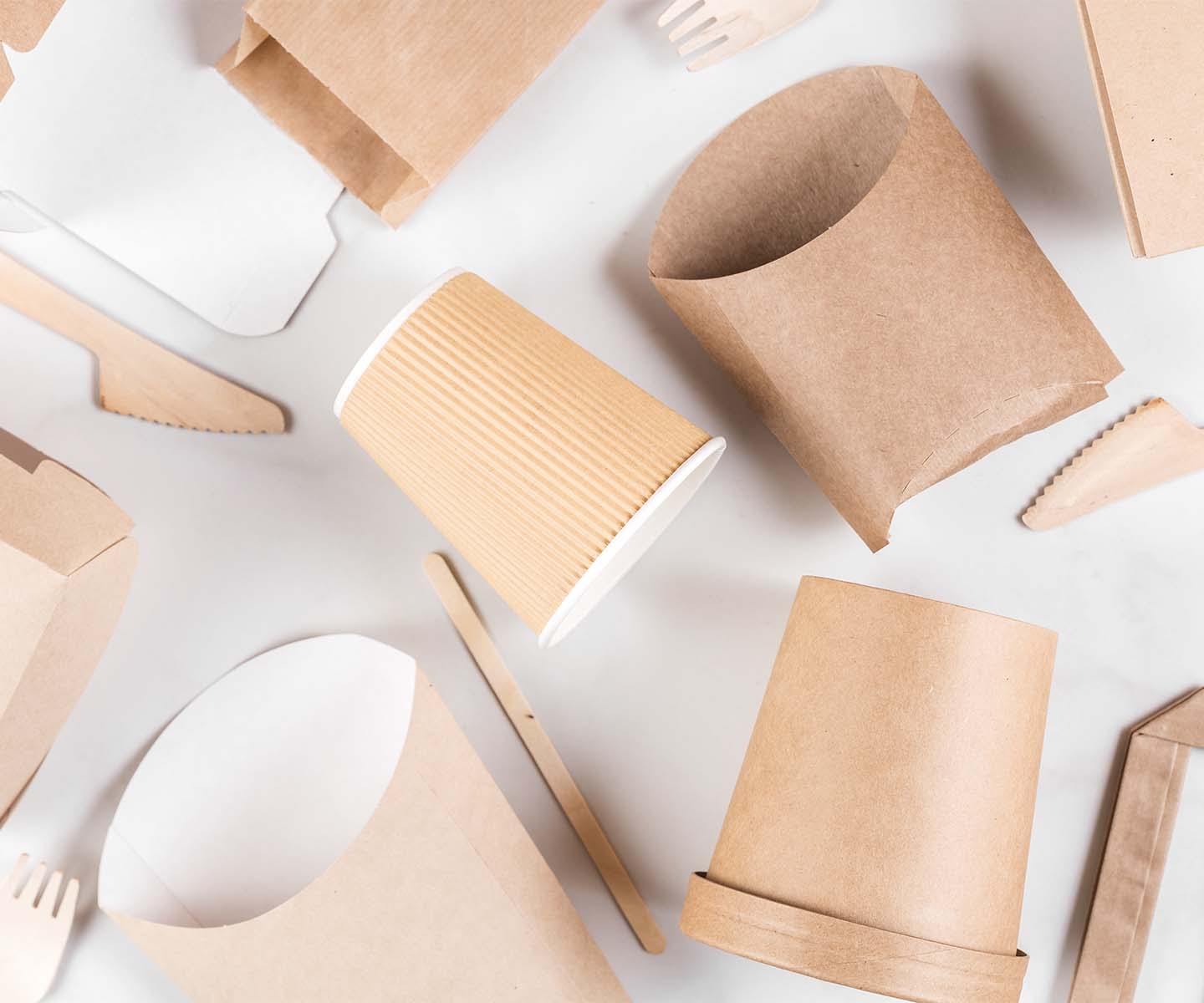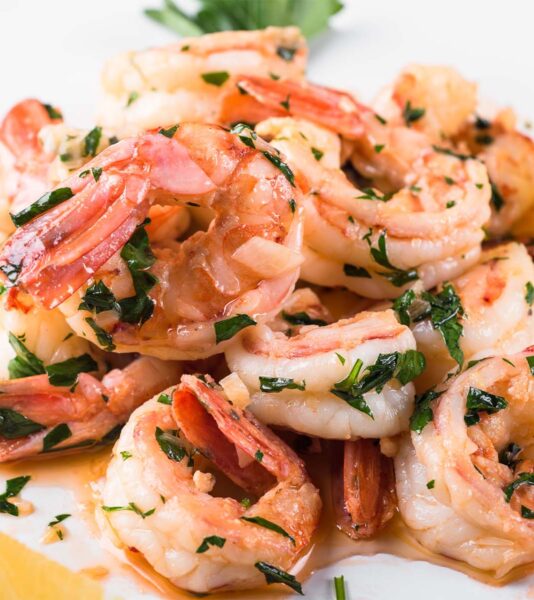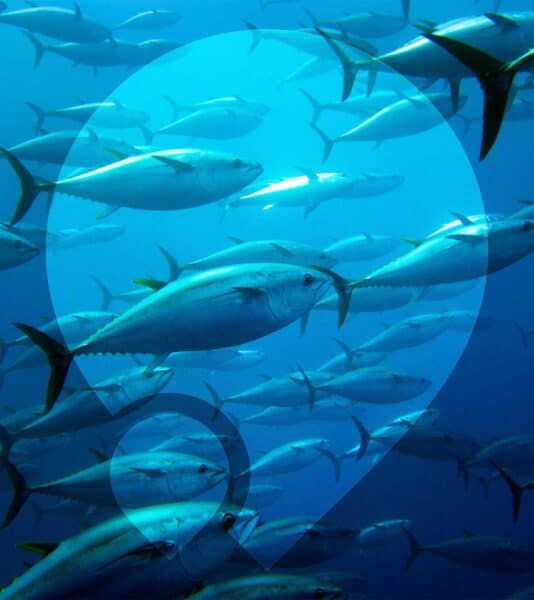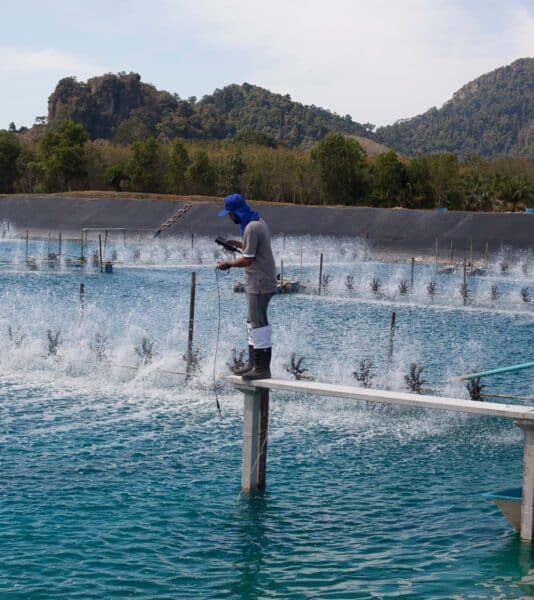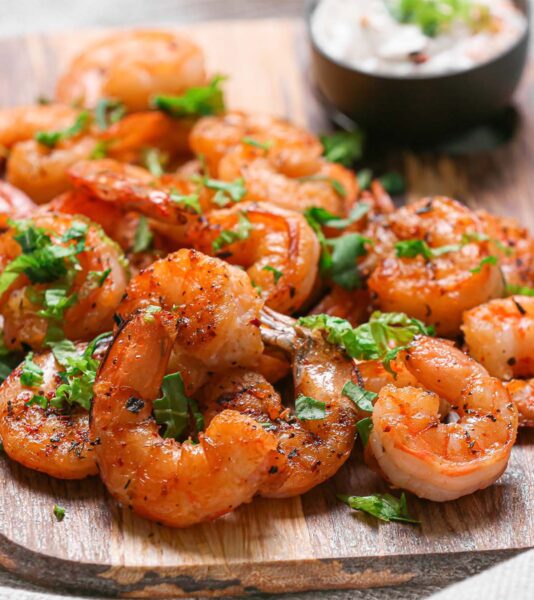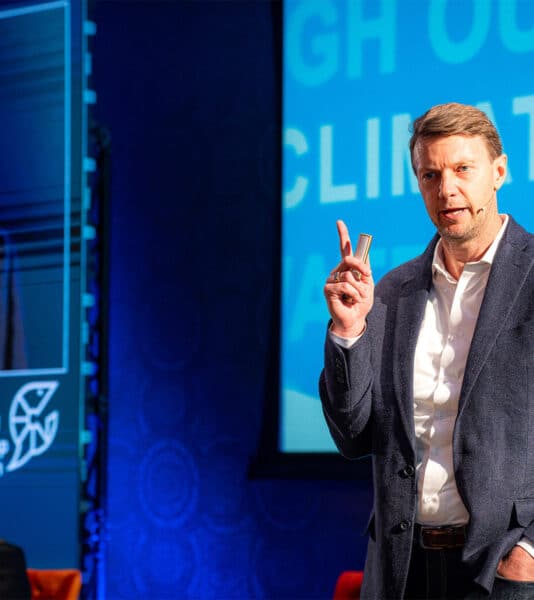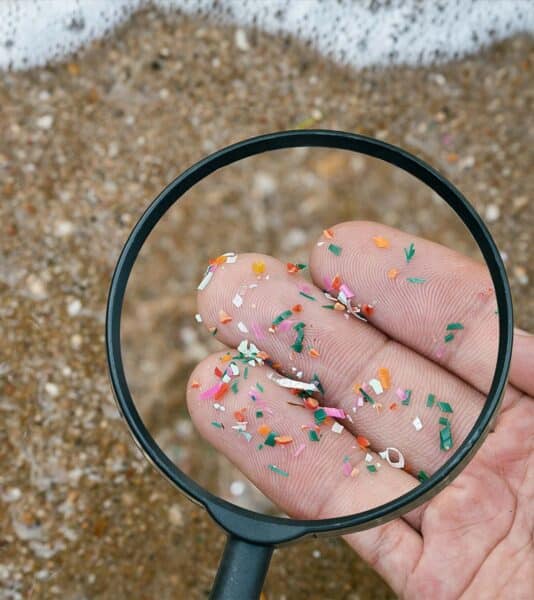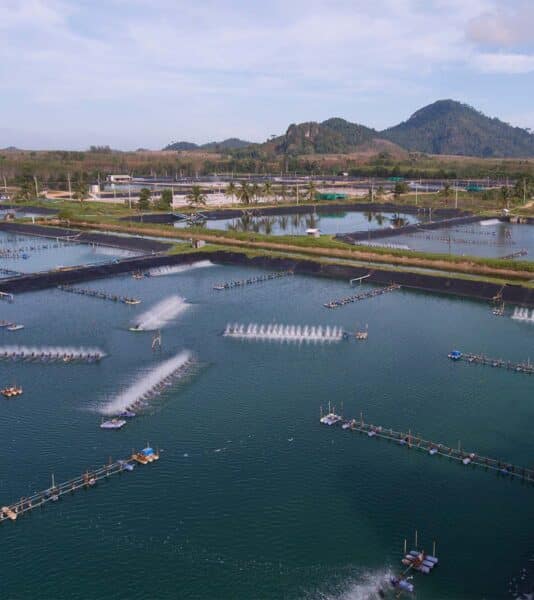The concept of “sustainability” has many dimensions for consumers today, including ecosystem protection, protection of biodiversity, carbon footprint reduction, animal welfare, fair labor practices, and more. One area consumers are highly aware of is waste associated food packaging and other consumer goods. Many prefer to buy products that have less packaging—or have options for reusable or recyclable packaging, so that they can reduce their own contribution to landfills.
Food Insight explains that there are “three key players” in achieving sustainability around food packaging:
- Manufacturers of packaging materials
- Food producers
- End consumers.
“Consumers play a key role in closing the sustainability loop by recycling or choosing their purchases,” explains Food Insight.
When making choices about what food products to buy in a foodservice establishment, convenience store, or grocery store, consumers consider numerous factors, including taste, price, healthfulness, and sustainability attributes. How they prioritize these factors has been shifting, according to Food Insight, with about two in five consumers now rating sustainability as the top driver of food choices.
Nearly as many consumers (38%) specifically want food packaging to be recyclable. In this context, reducing plastic in food packaging is important to many consumers, found NielsenIQ, as reported in IFT food trends.
Why plastic matters
A focus on plastic is related to an idea that sustainability experts call circularity. This concept addresses reducing use of materials and striving to recapture and reuse the waste that is generated. This can translate into using less packaging and using materials that can be composted or recycled. Circularity also encompasses reducing food waste along the supply chain, as well as manufacturing waste. As we apply the principles of circularity, we reduce unused waste, keeping it out of oceans and landfills.
As for plastic, 400 million tons of plastic are produced every year, and 36% of that is used in packaging, including single-use plastics used for food containers. Approximately 85% of this amount ends up in landfills.
The UN Sustainable Development Goals, a blueprint to achieve a better and more sustainable future for all, incudes a goal to “ensure sustainable consumption and production patterns”. The UN notes that high-income countries leave the largest environmental footprint. Manufacturers, food producers, consumers, and regulatory entities are taking notice.
A global focus
A new Alliance for Sustainable Packaging for Foods brings together global stakeholders in the food industry. Its aim is to “encourage the adoption of a holistic and harmonized approach to food packaging regulation in order to achieve environmental sustainability without compromising on food safety and public health.”
Food packaging methods need to fulfill multiple purposes, the Alliance explains. For any given product, the packaging solution must protect food safety, food quality, and nutrient content, while also supporting traceability needs and sustainability goals. Extensive research and development efforts to identify best-fit solutions are at play throughout the food industry.
SeaChange®2030
The sustainability strategy from Chicken of the Sea’s parent company, Thai Union, includes the goal of having 100% of its branded products packaged sustainably by 2030. Our Global Innovation Center is already hard at work on this goal, with plans to eliminate plastic from seafood pouches, transitioning to biodegradable packaging materials.
Converting to sustainable seafood packaging helps support a circular economy, reduce waste, and meet consumer demand. By making our packaging sustainable, we help to protect biodiversity and reduce resource consumption.
